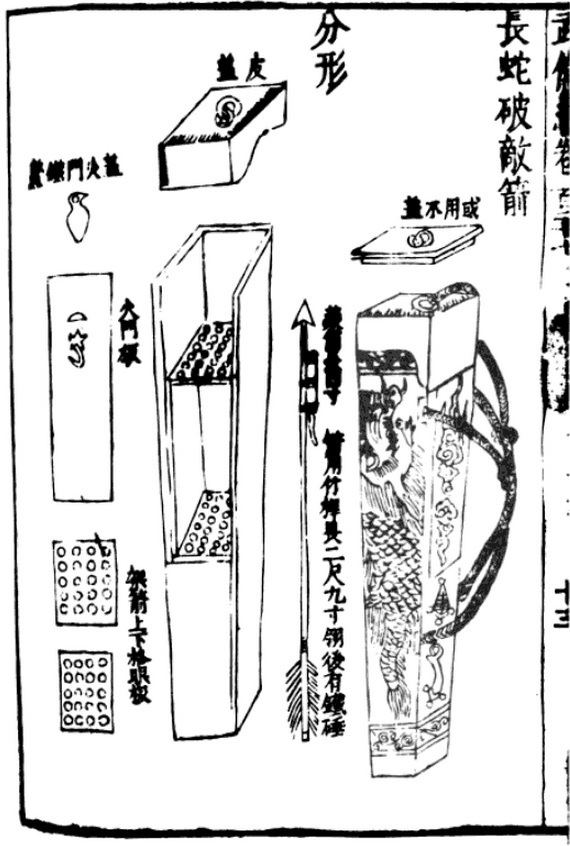 | ||
This article gives a concise timeline of rocket and missile technology.
Contents
11th century
17th century ~ 19th century
20th century
21st century
References
Timeline of rocket and missile technology Wikipedia(Text) CC BY-SA
 | ||
This article gives a concise timeline of rocket and missile technology.